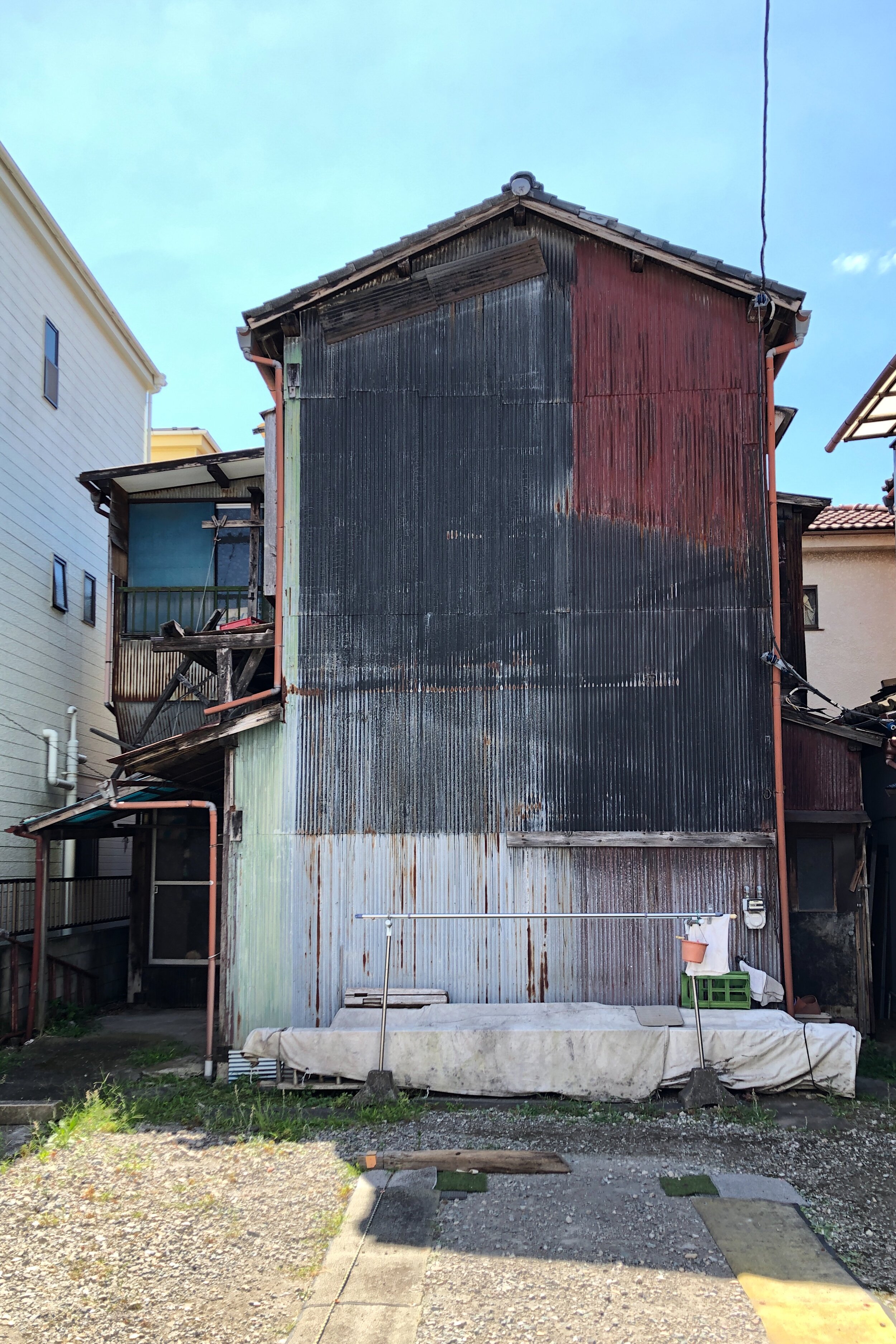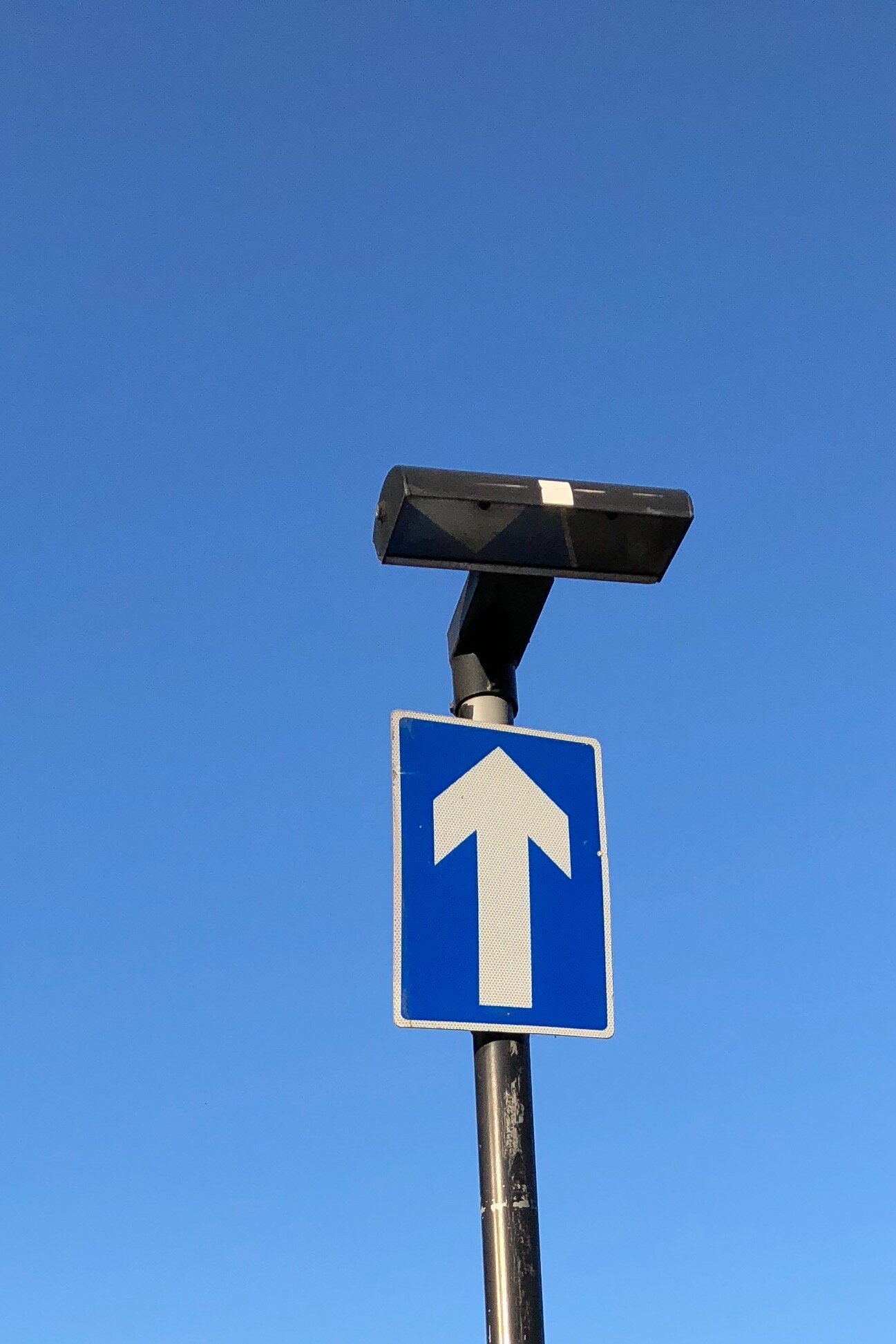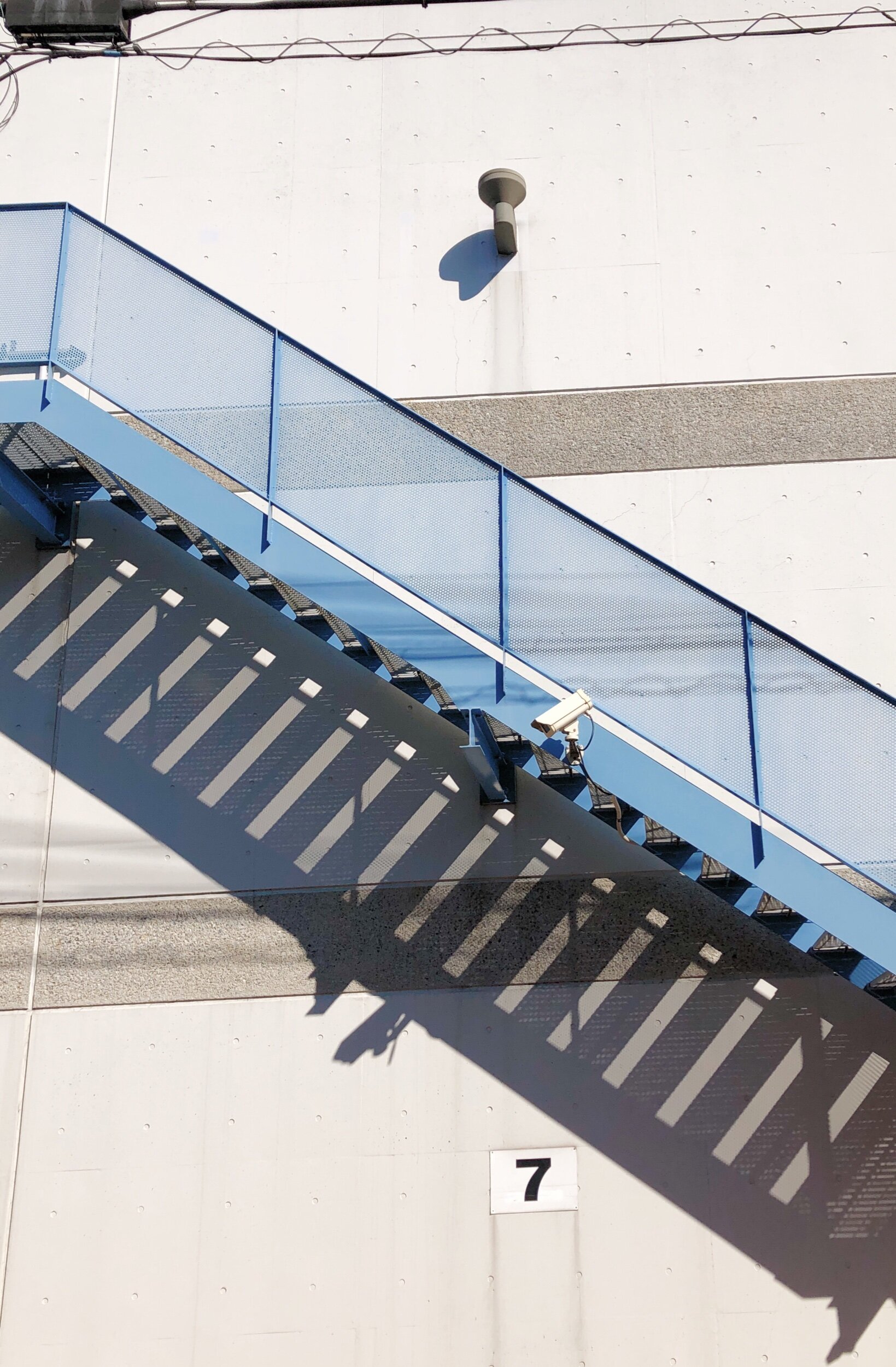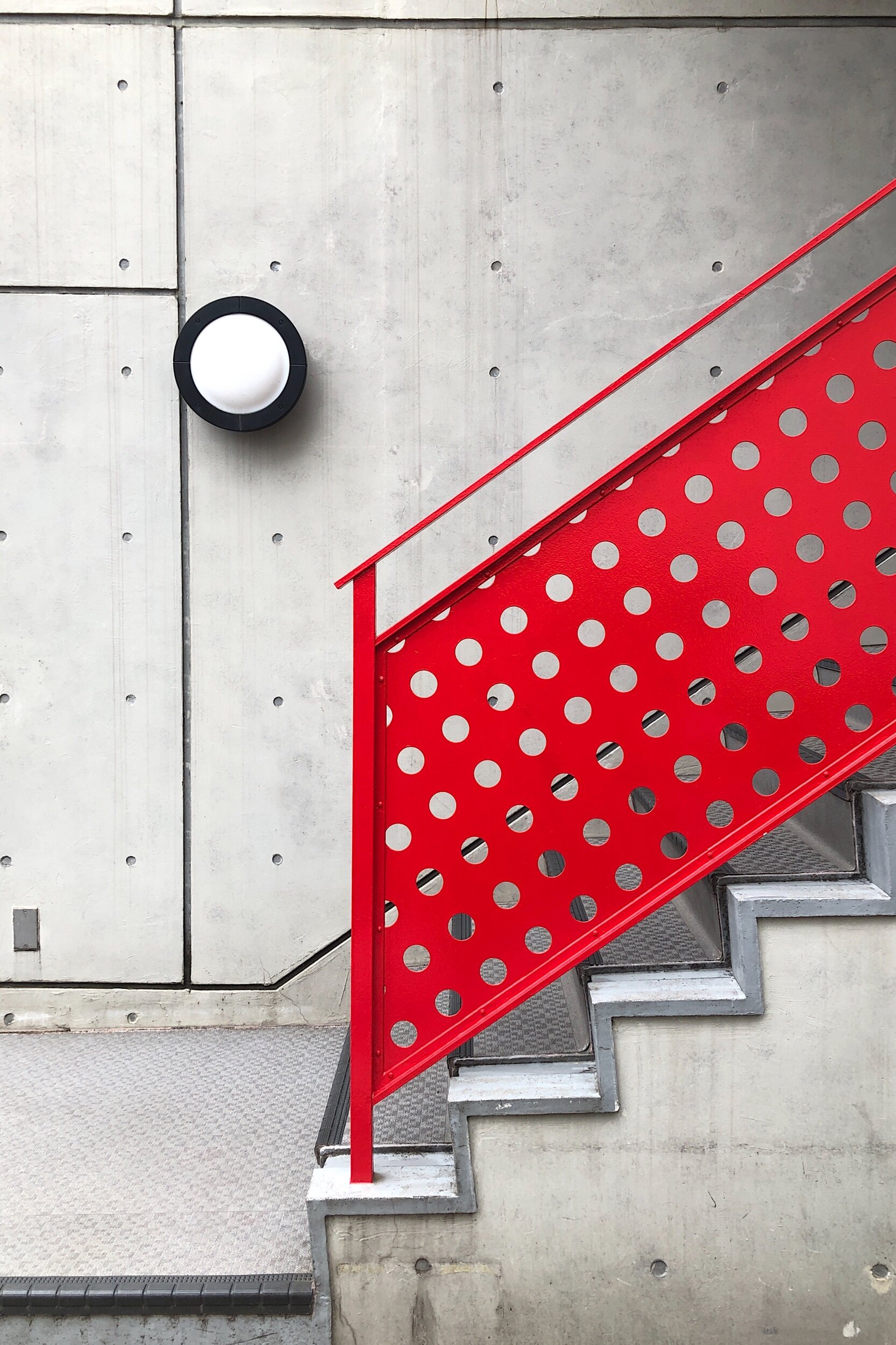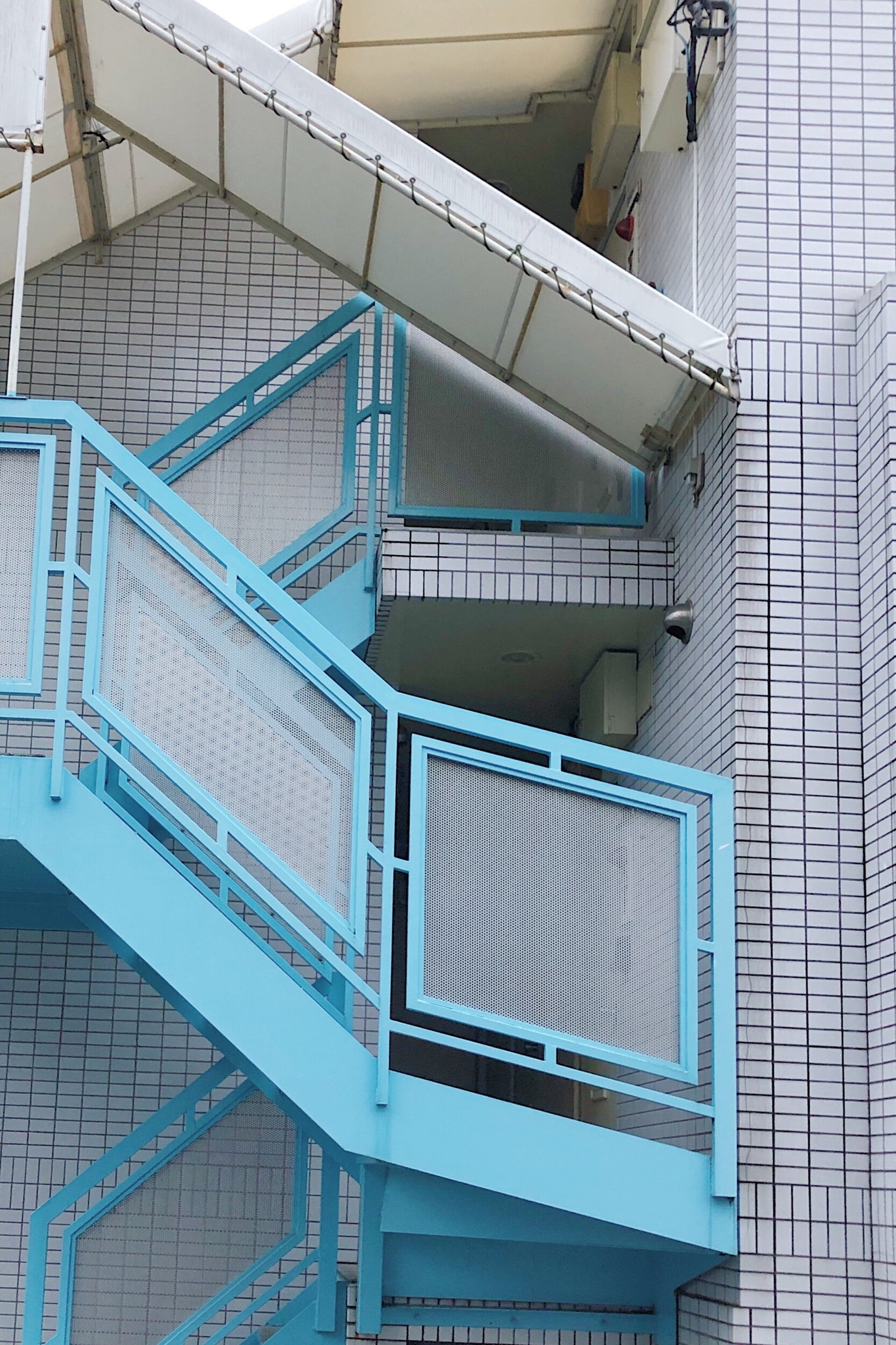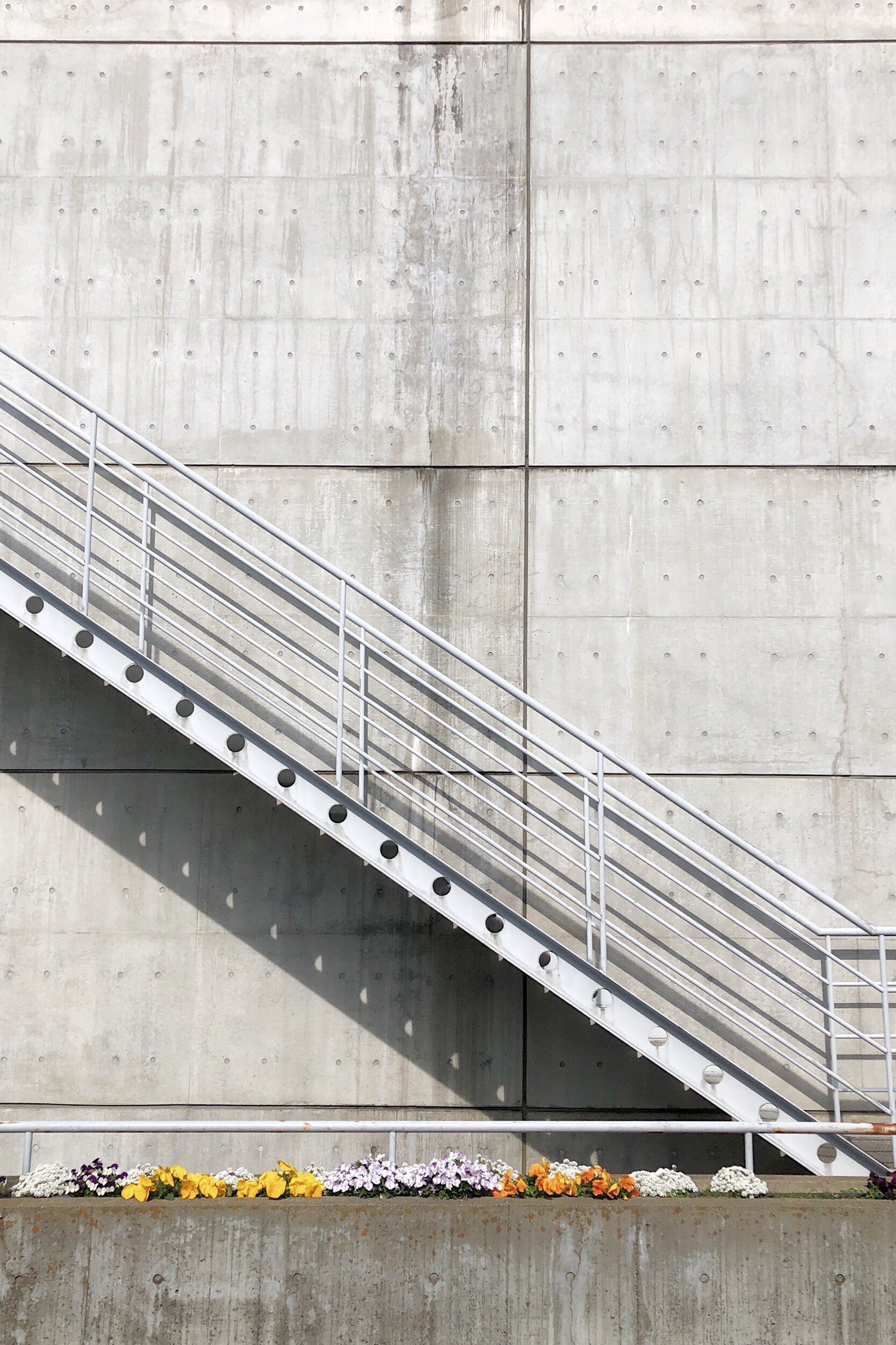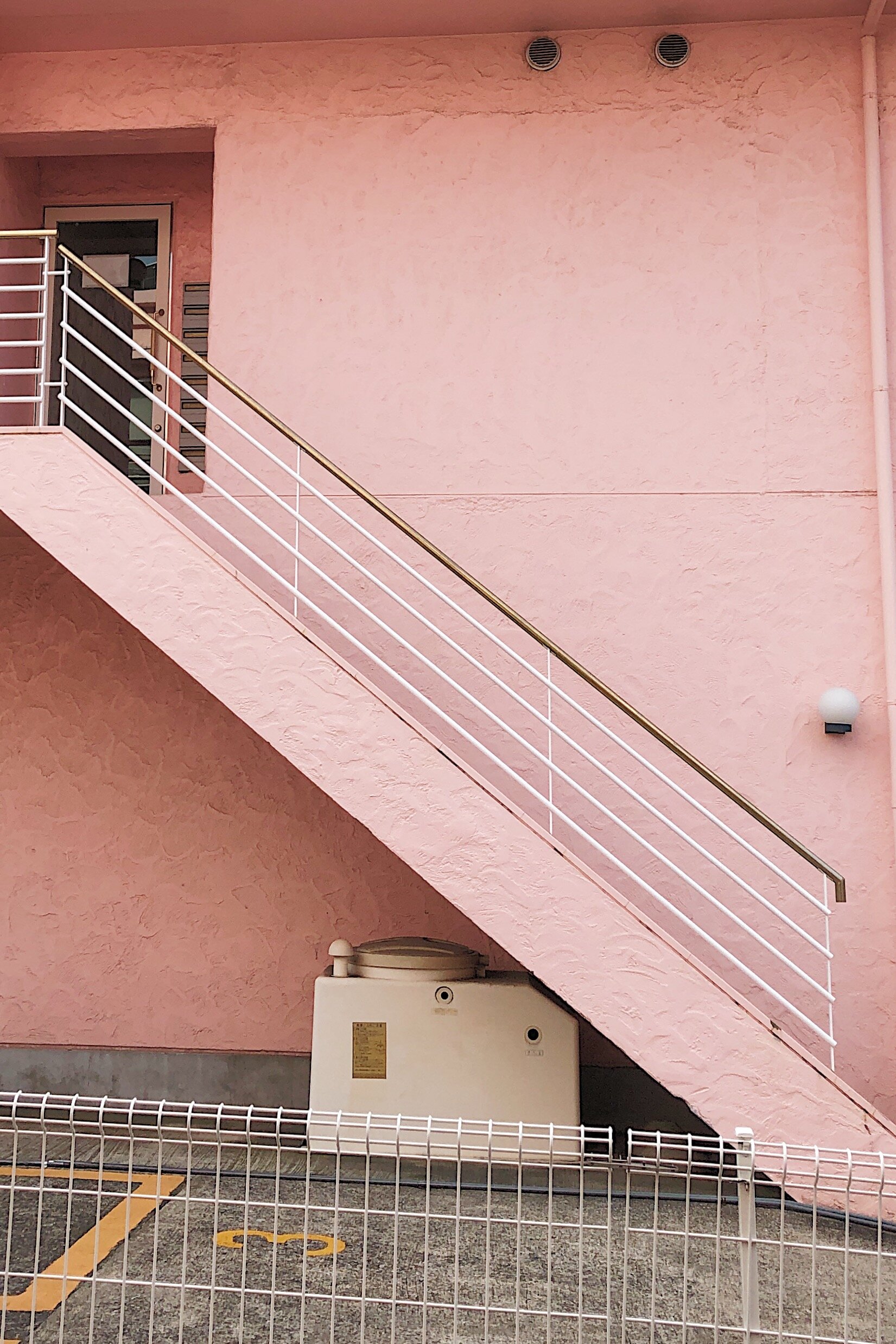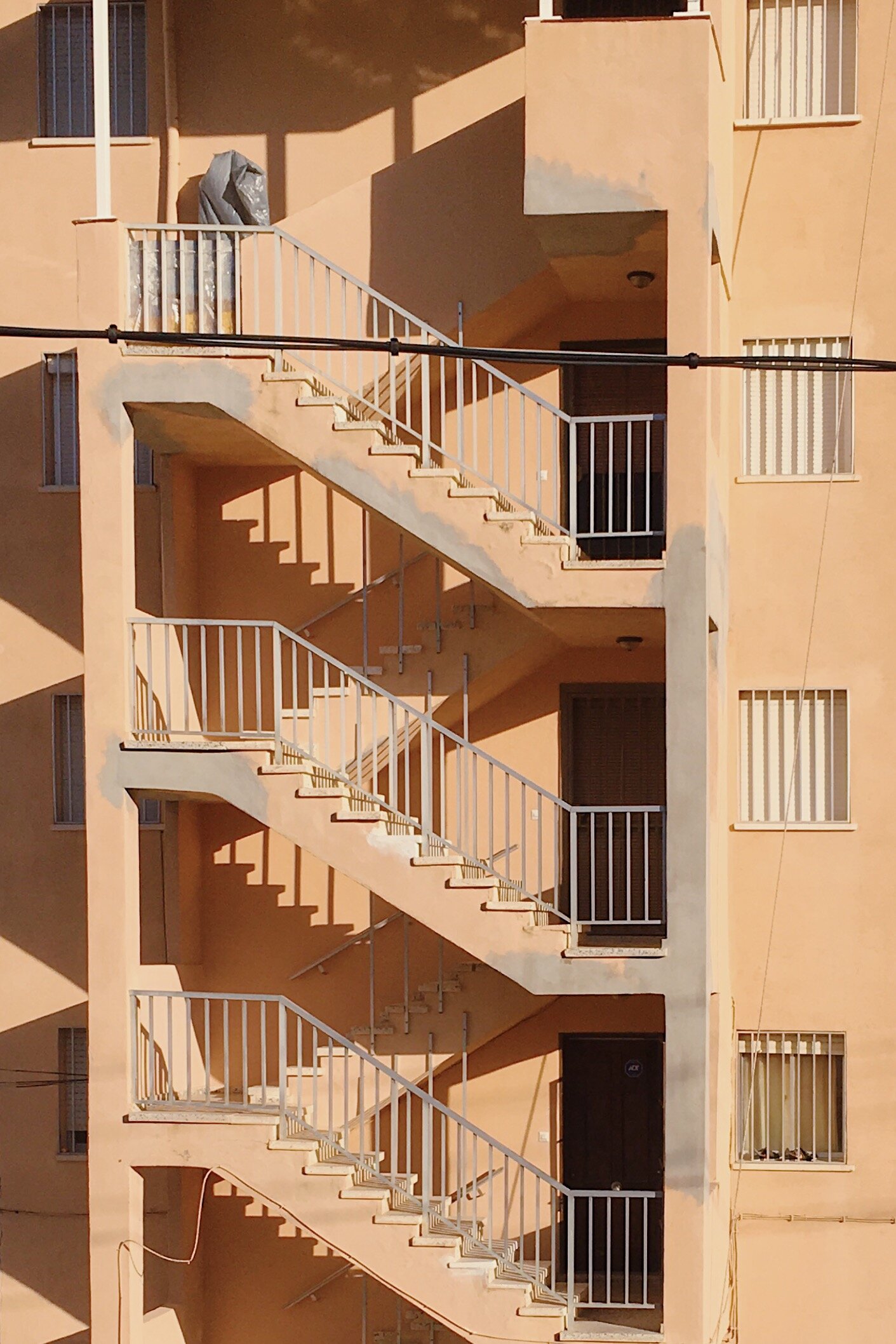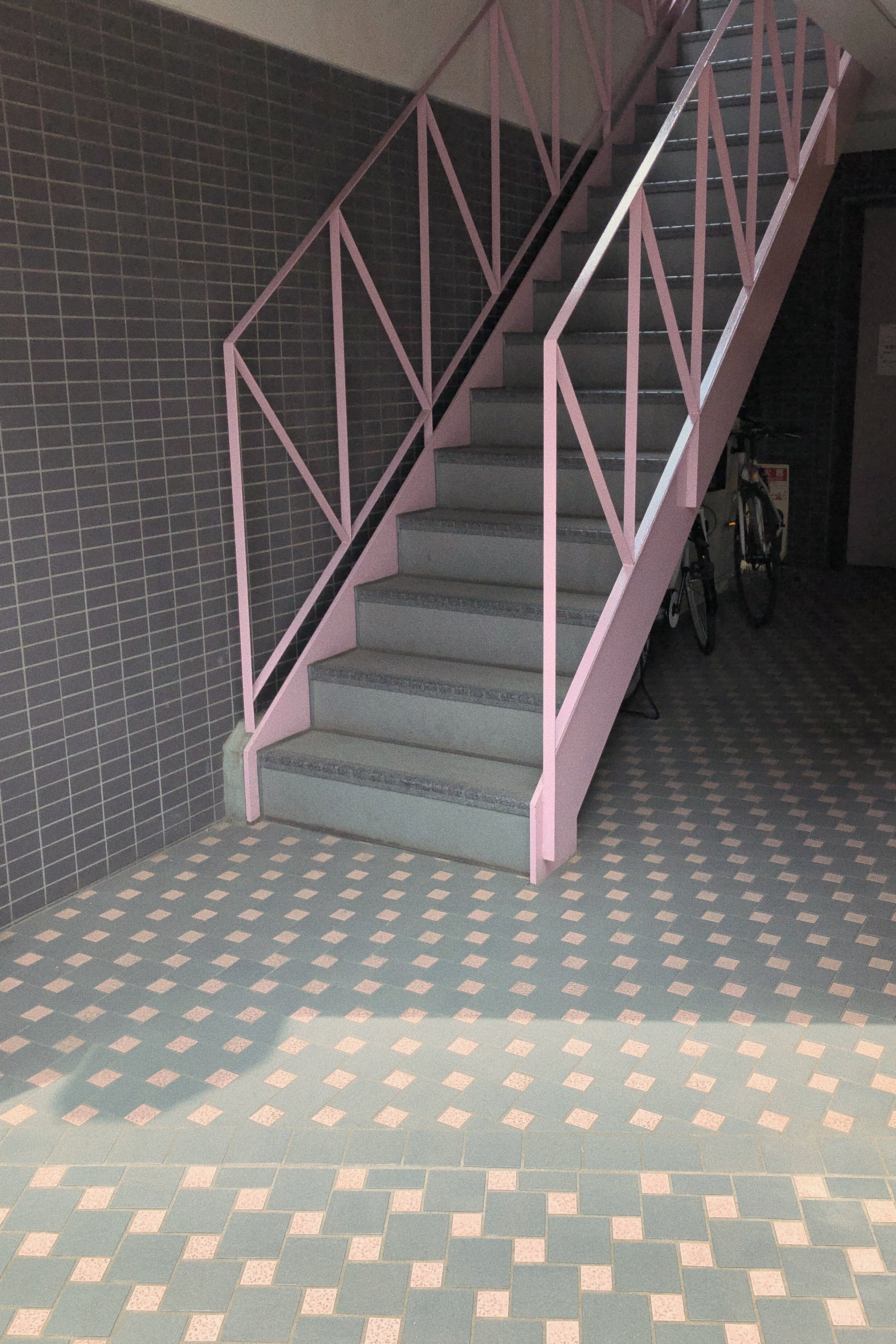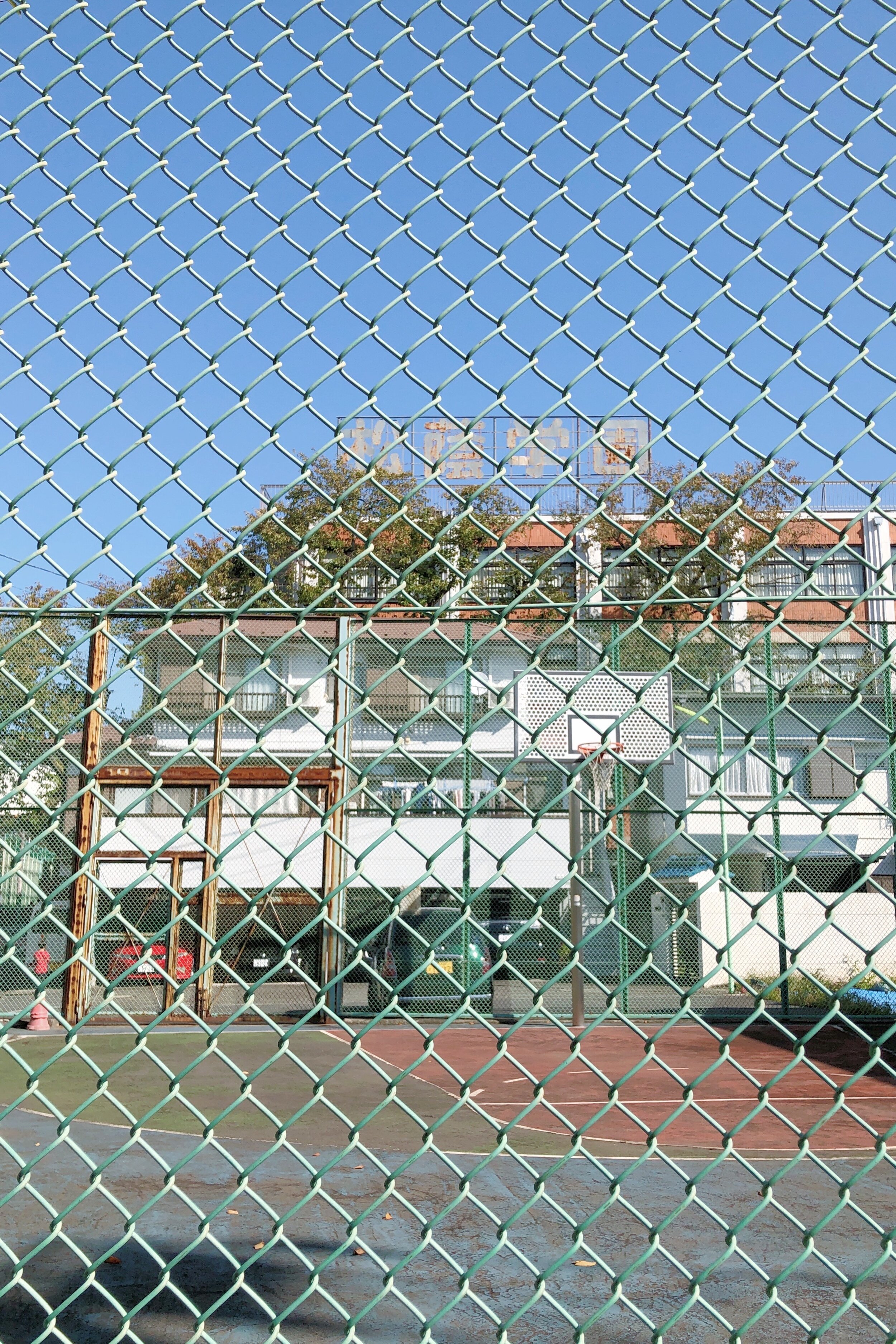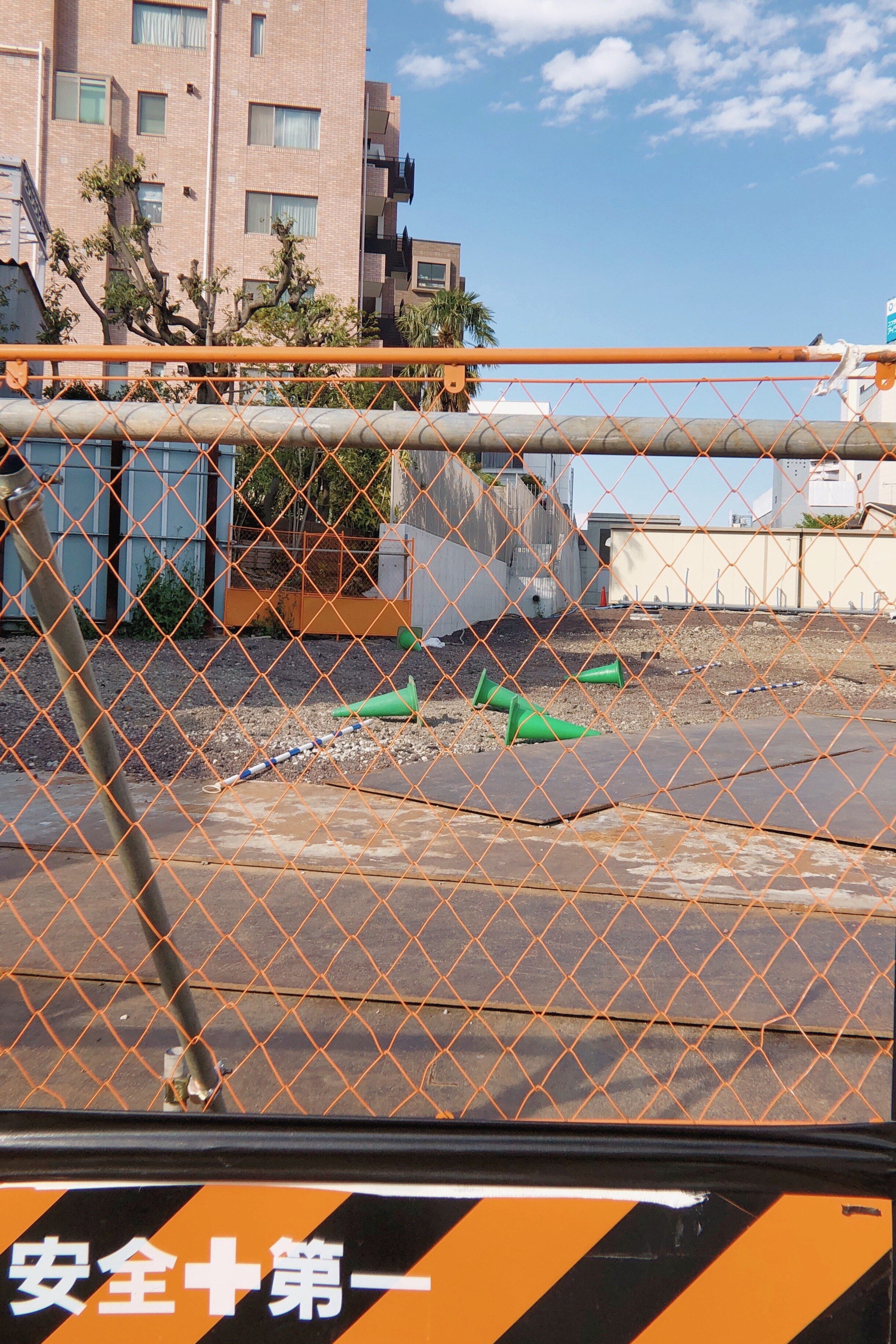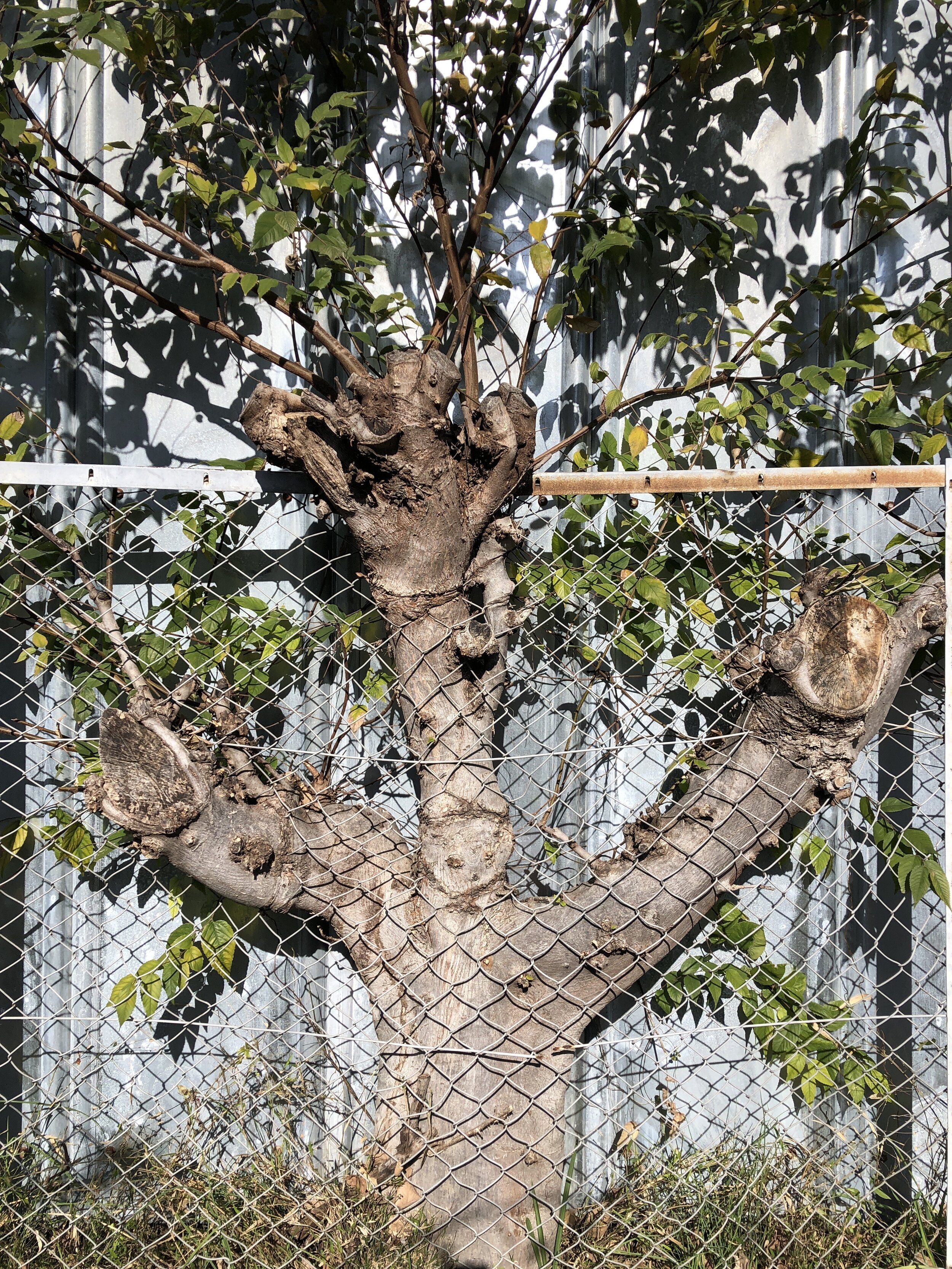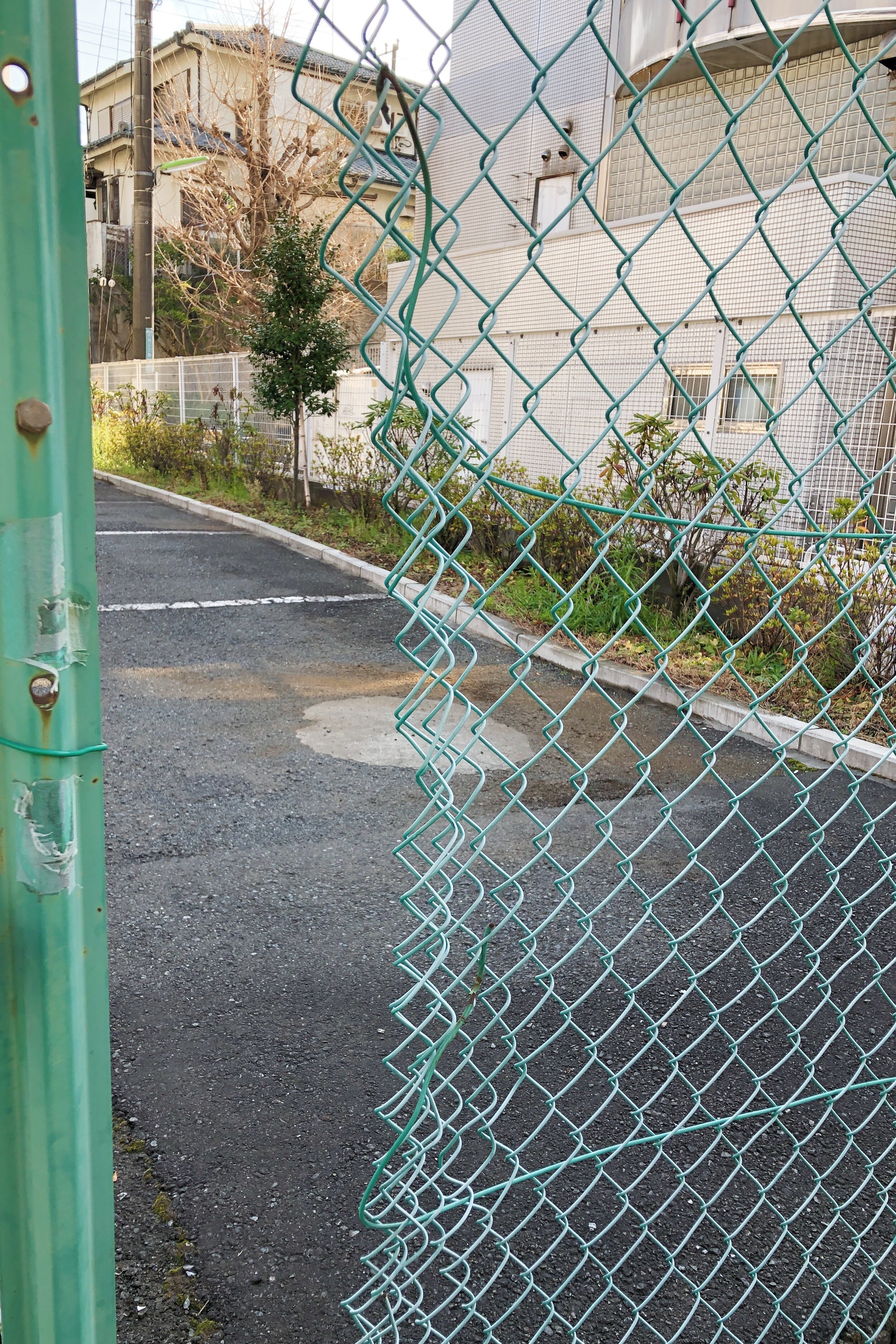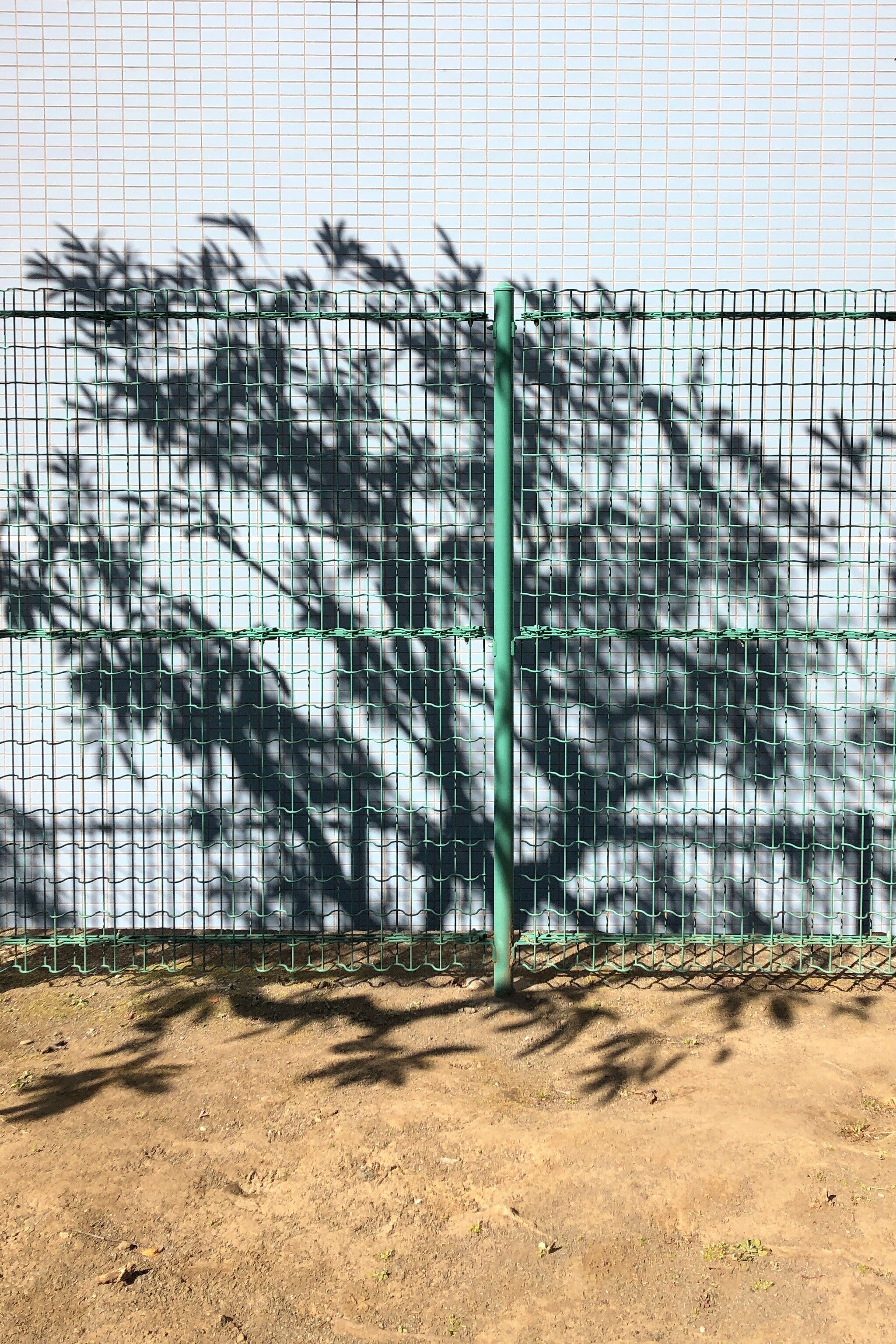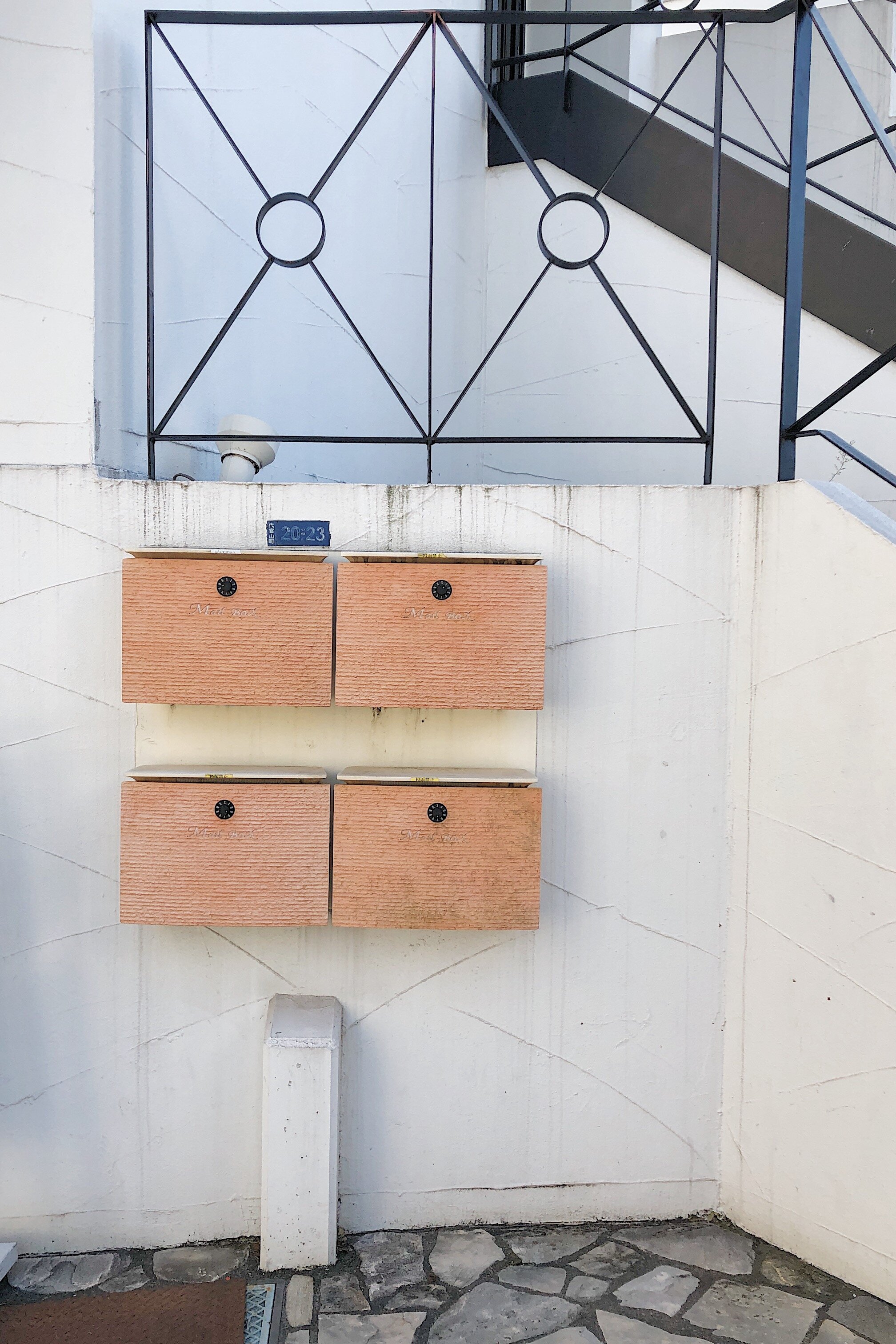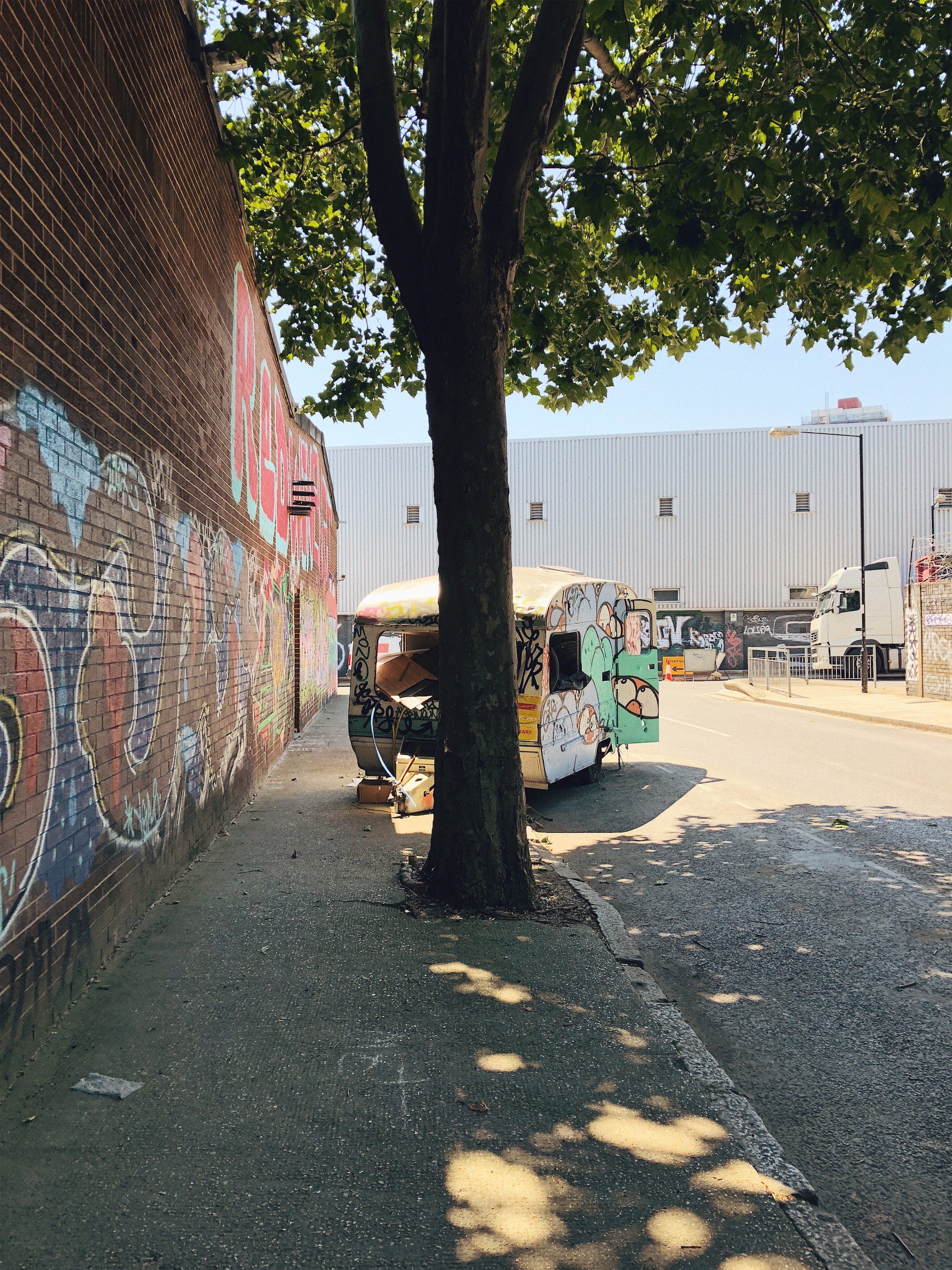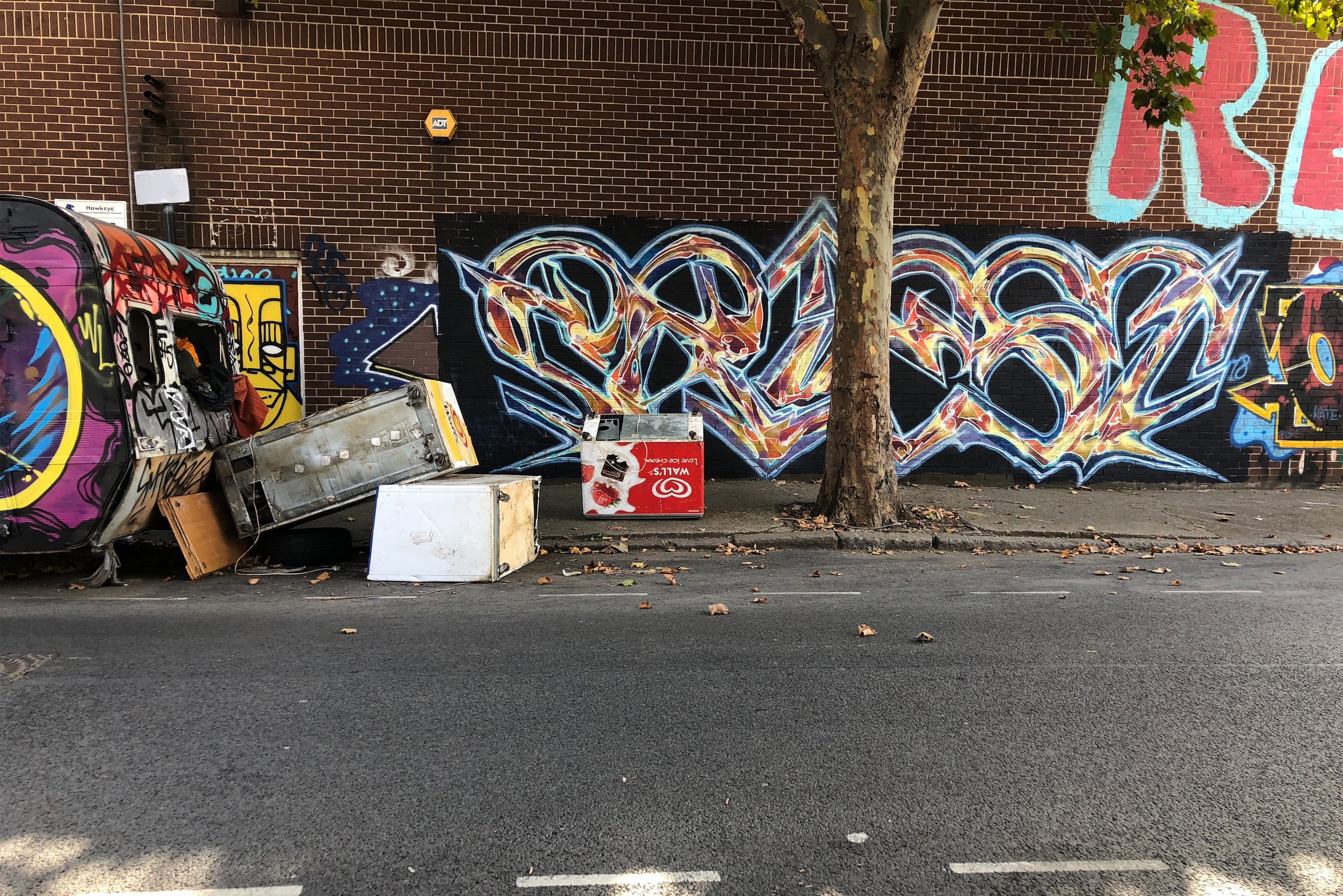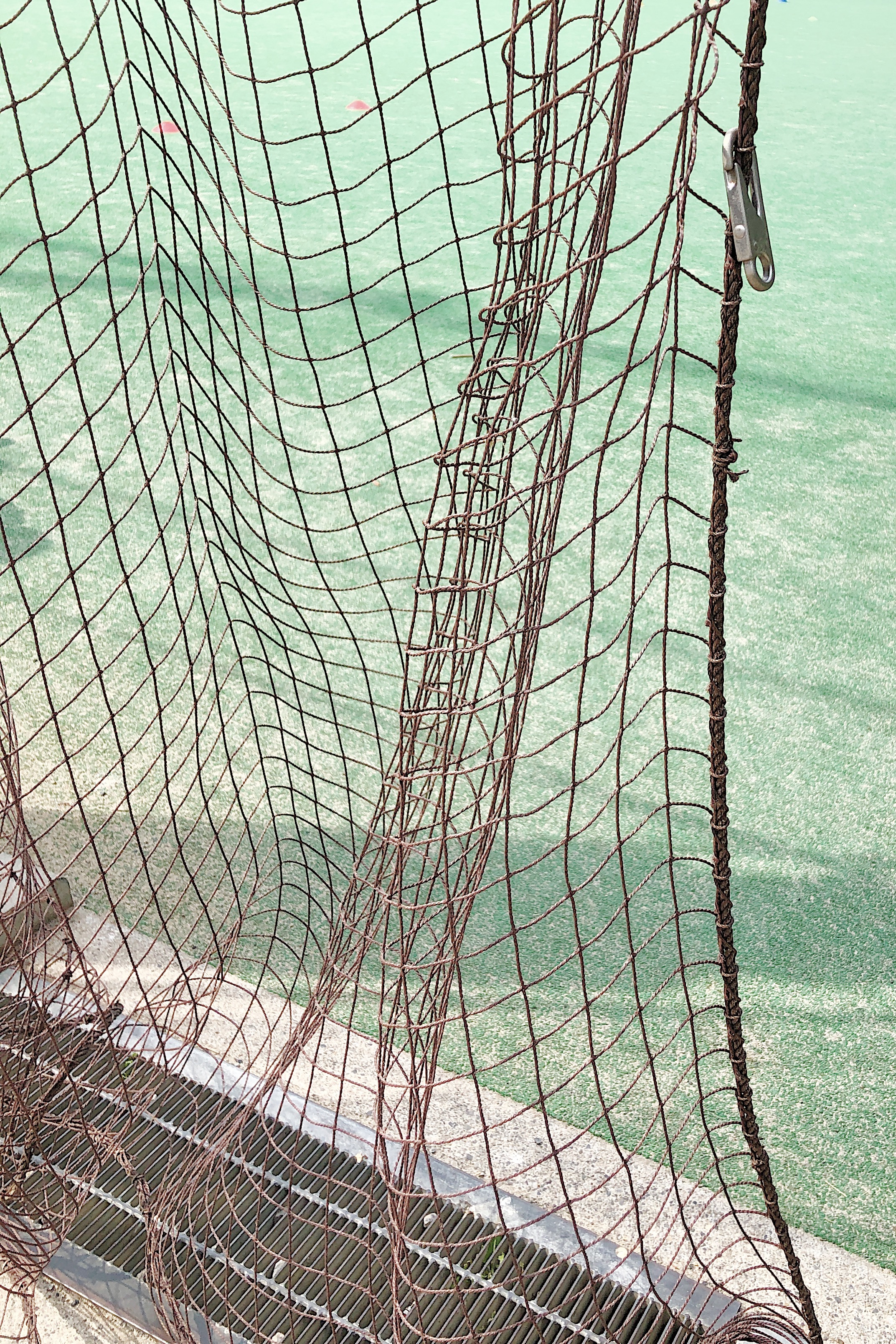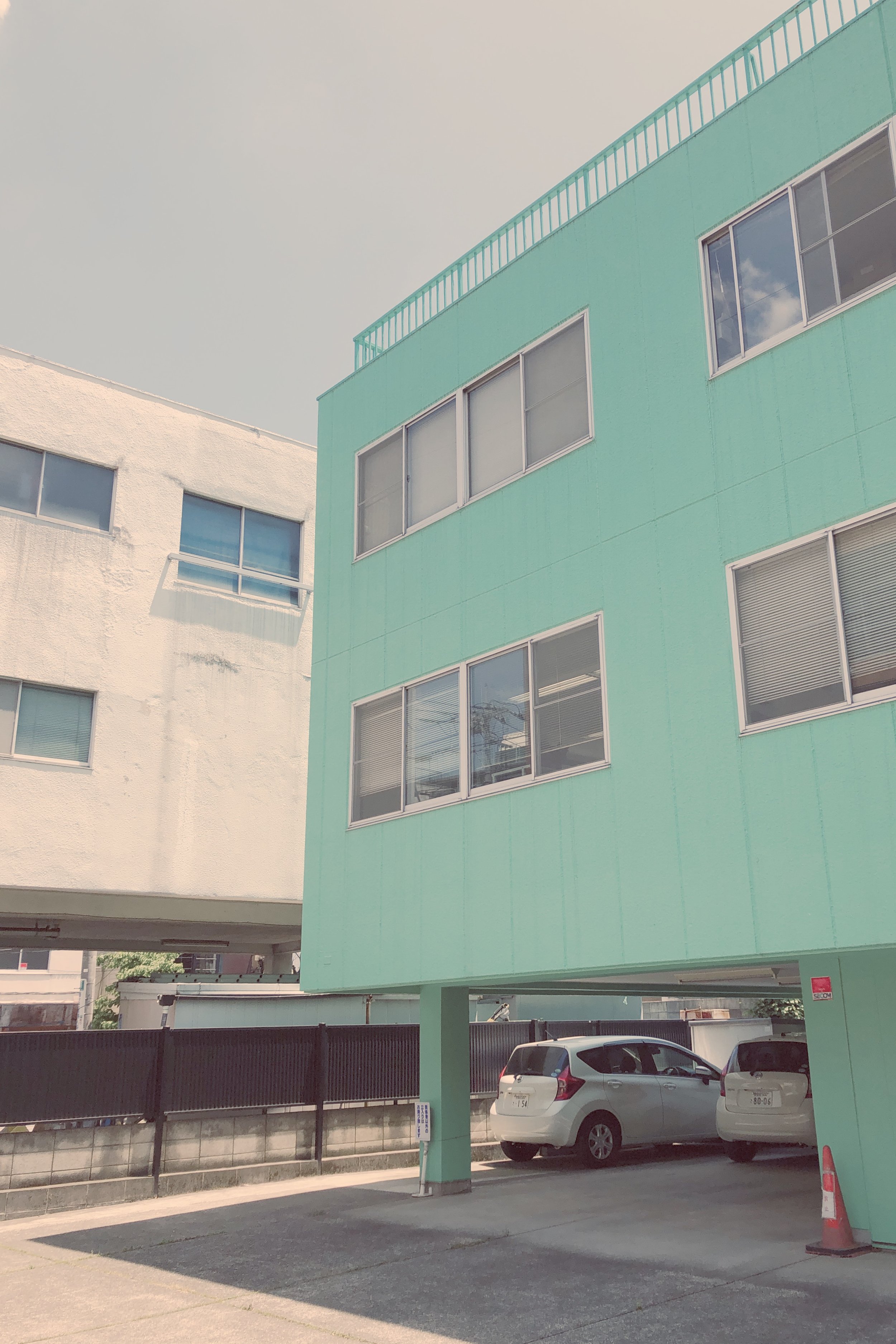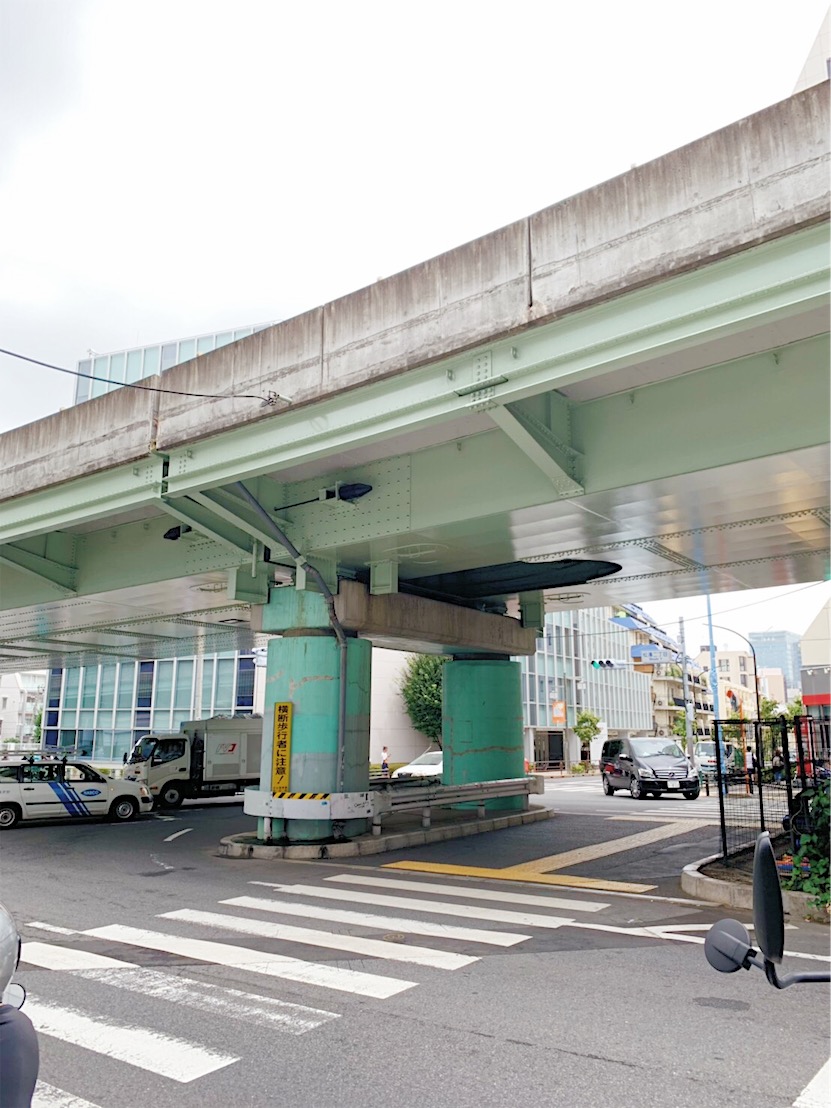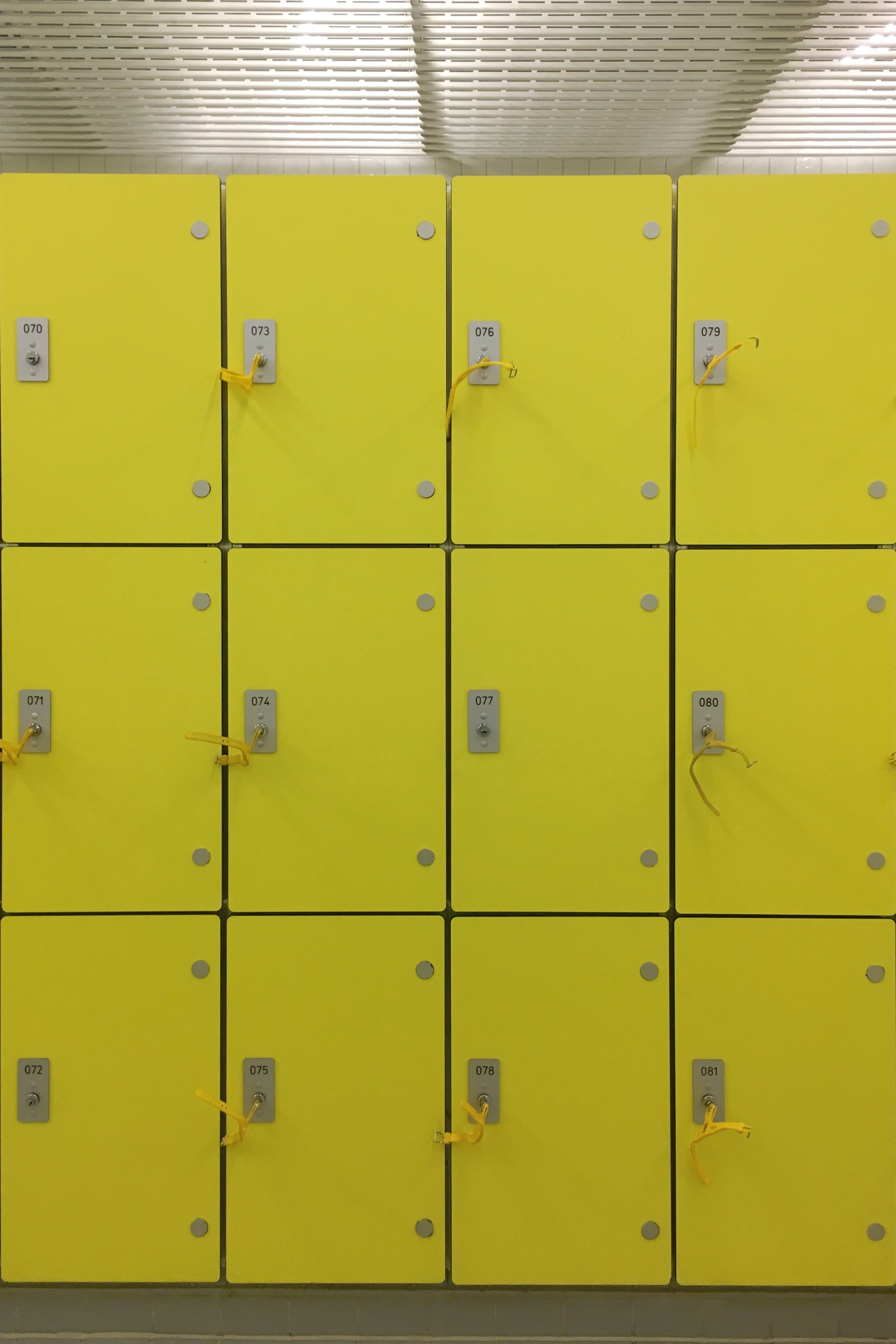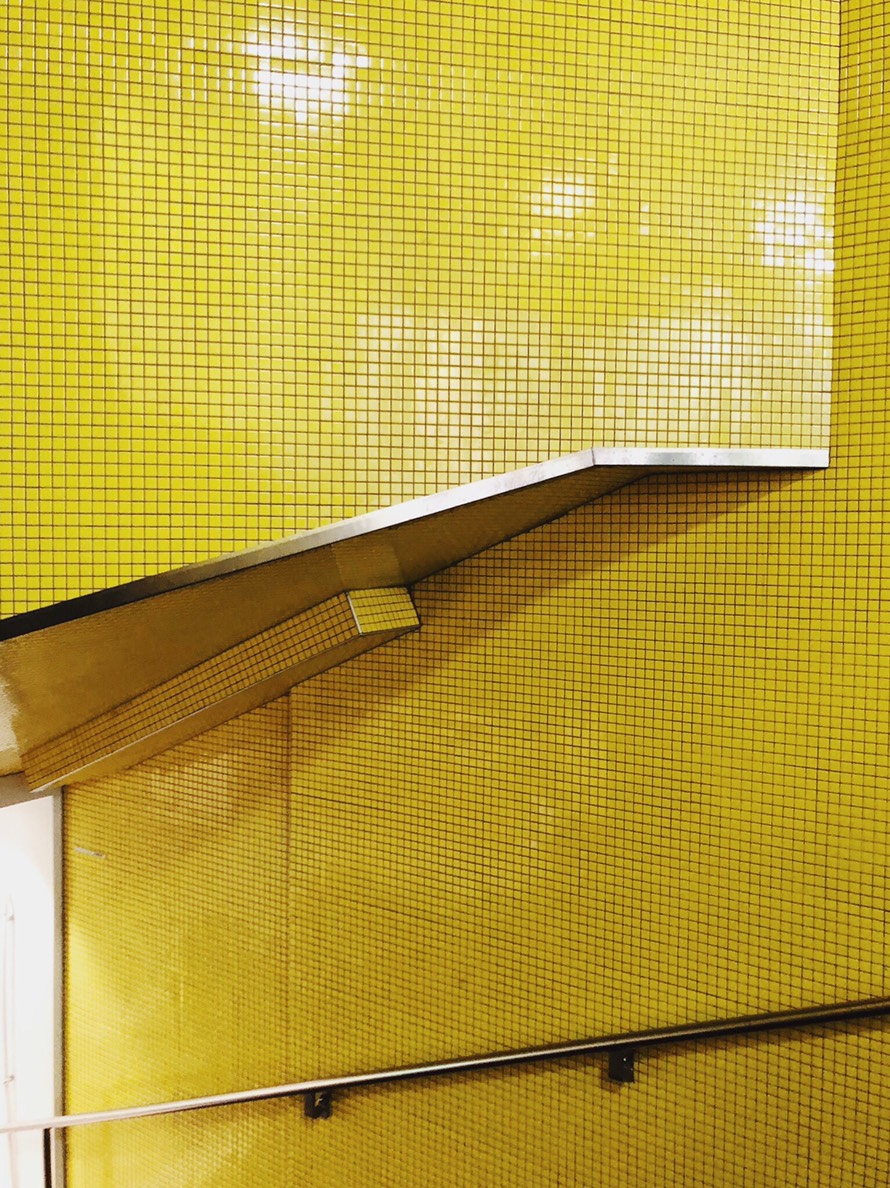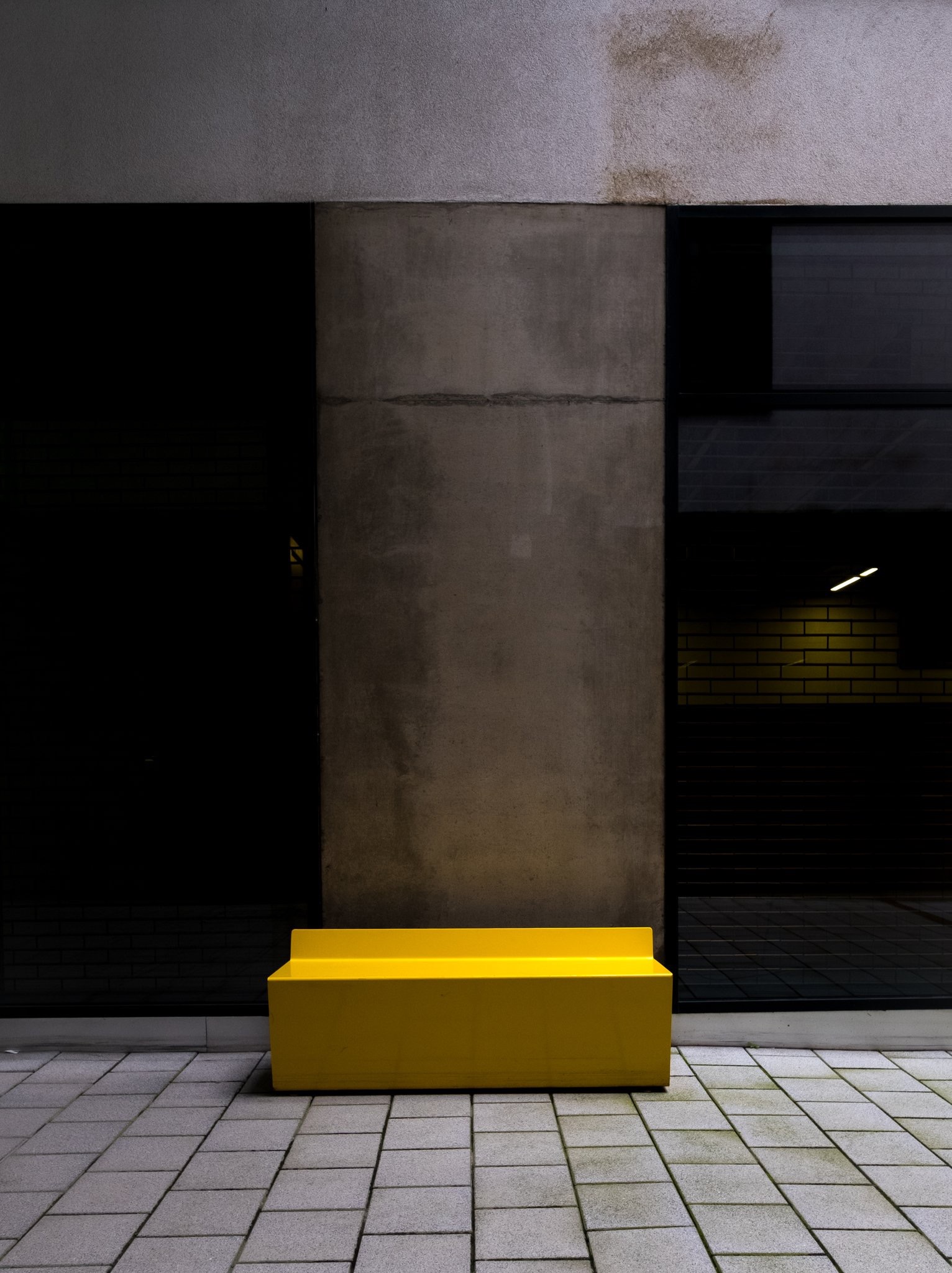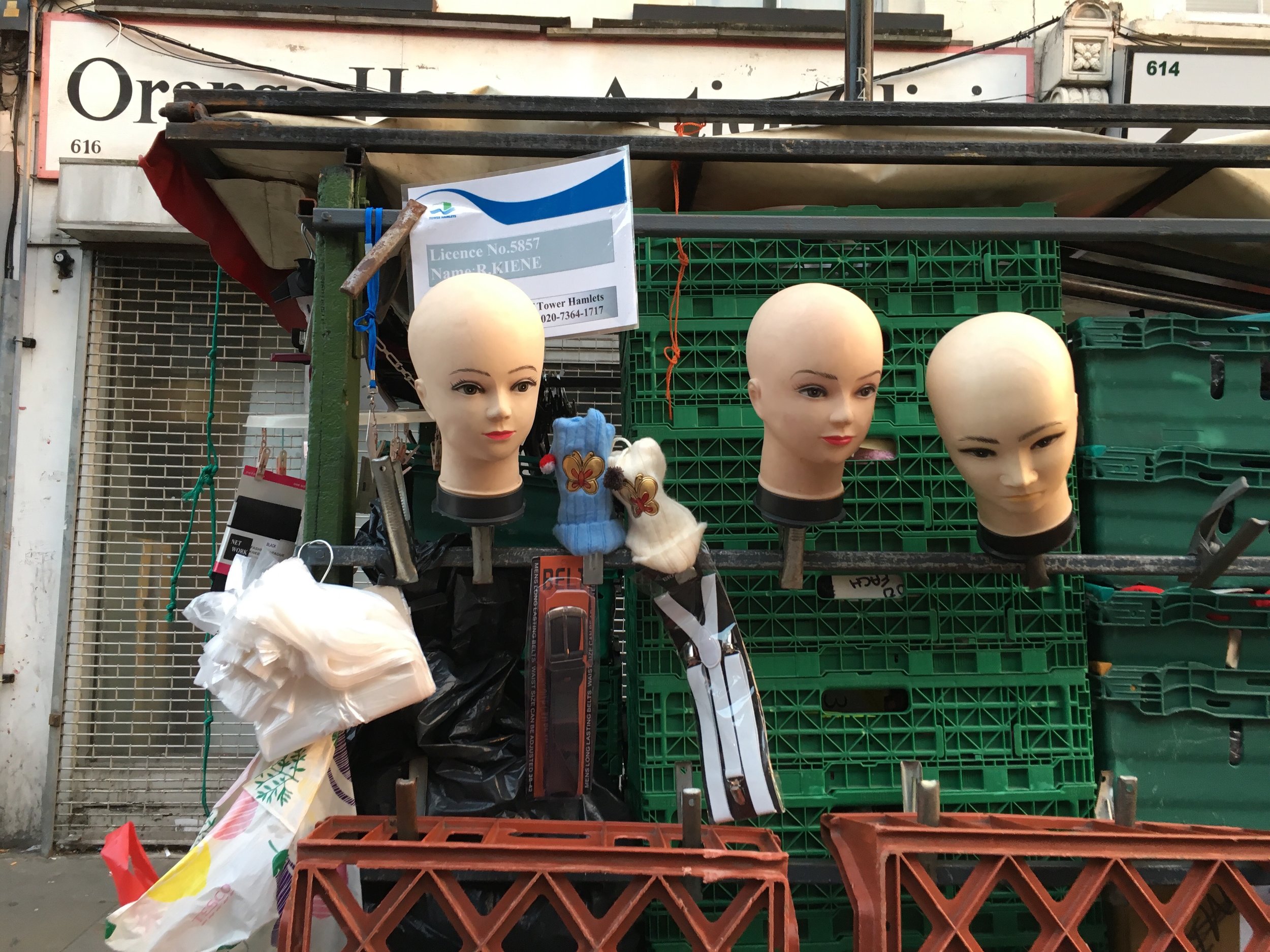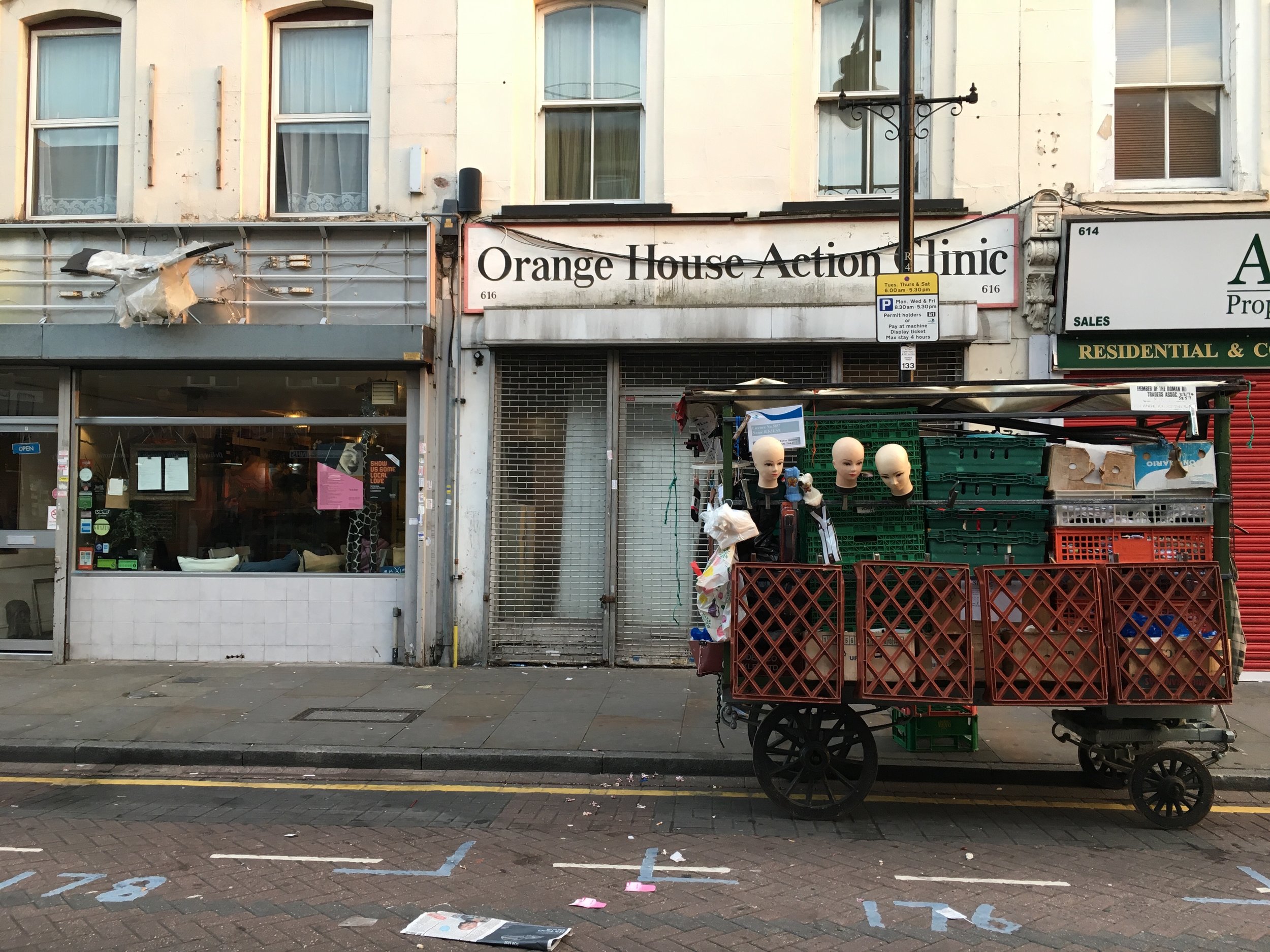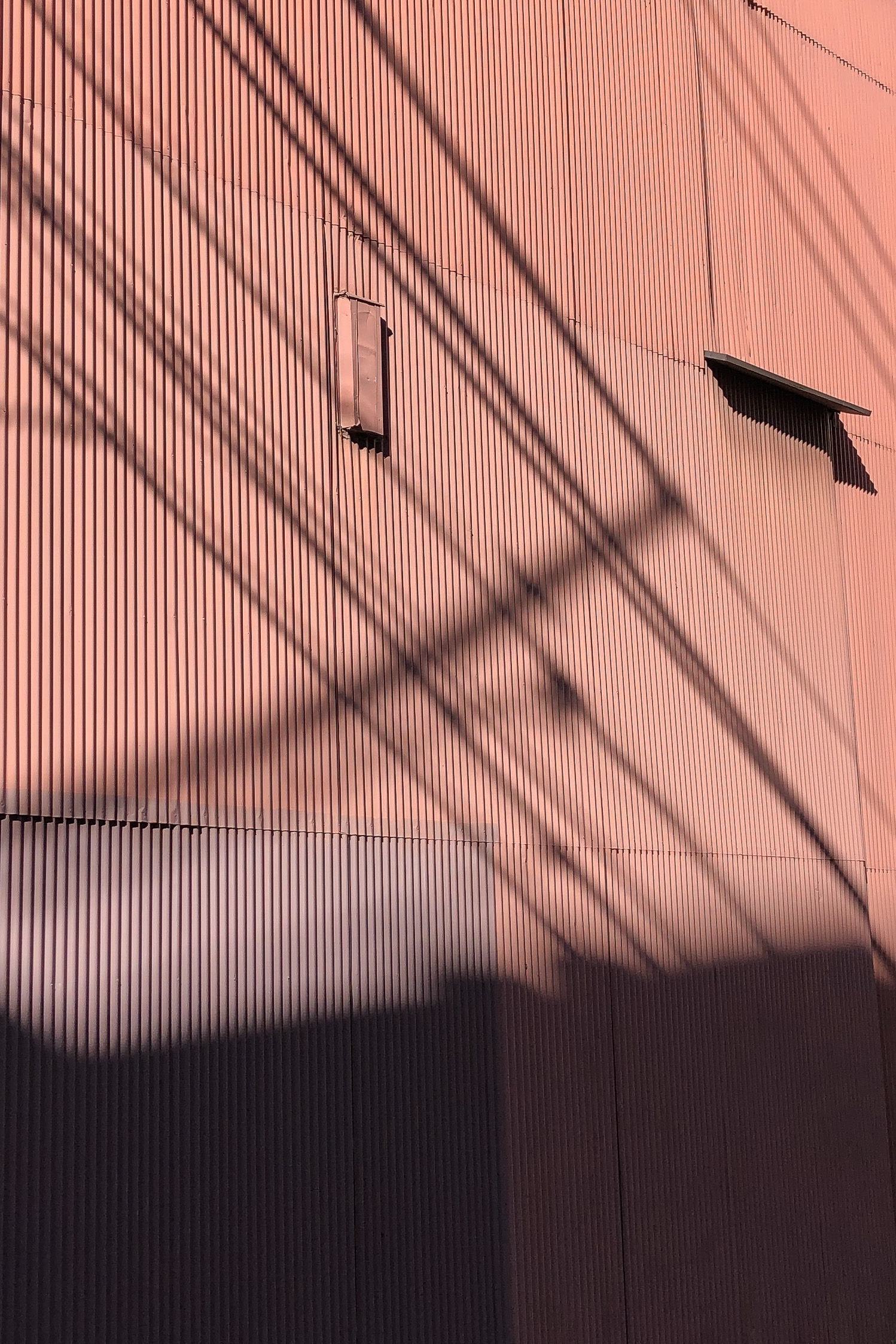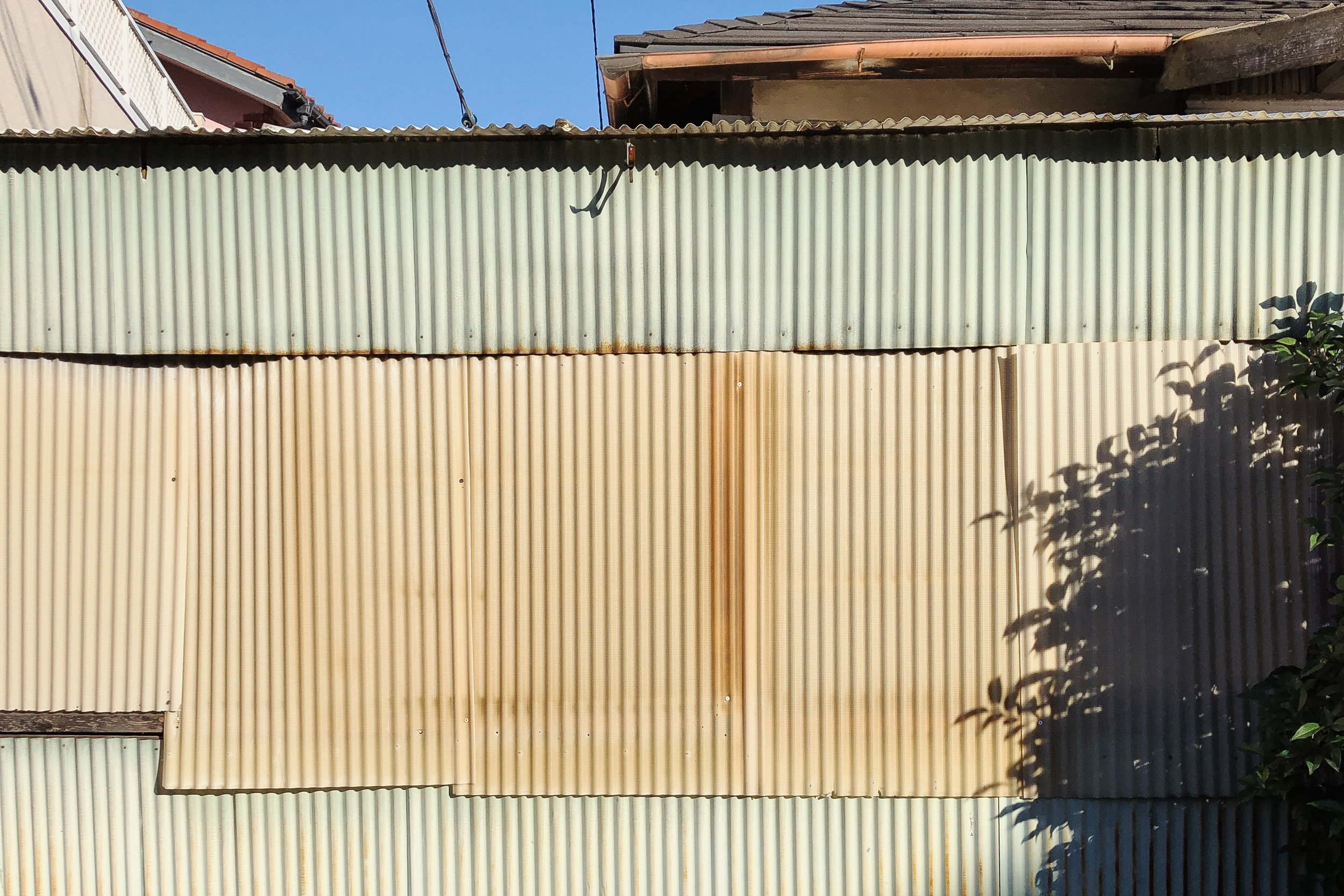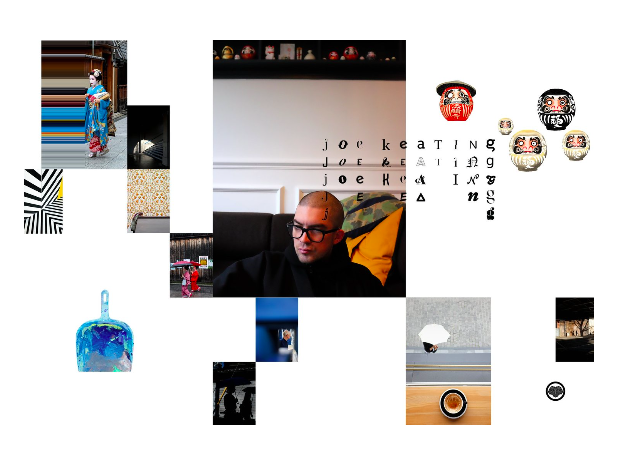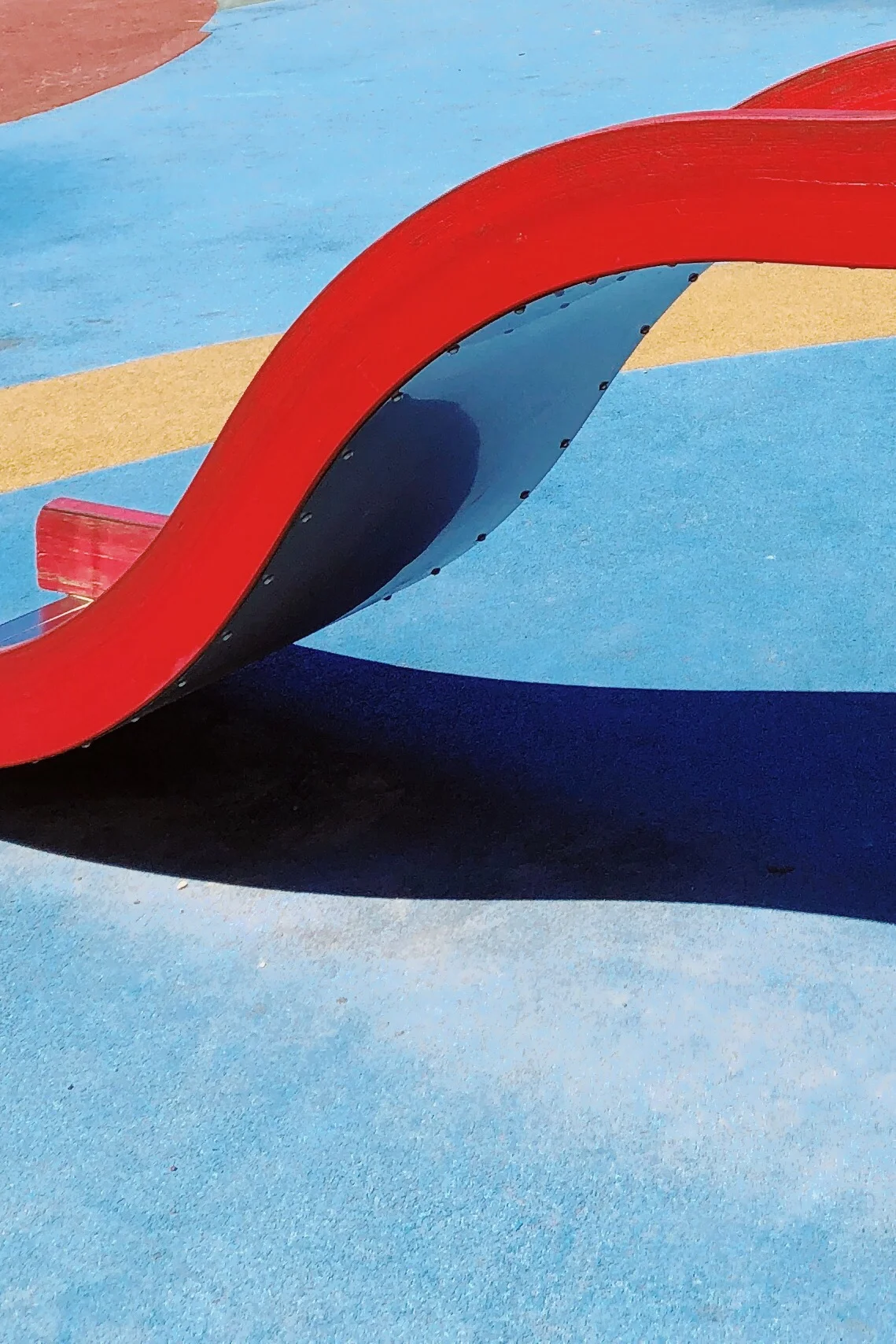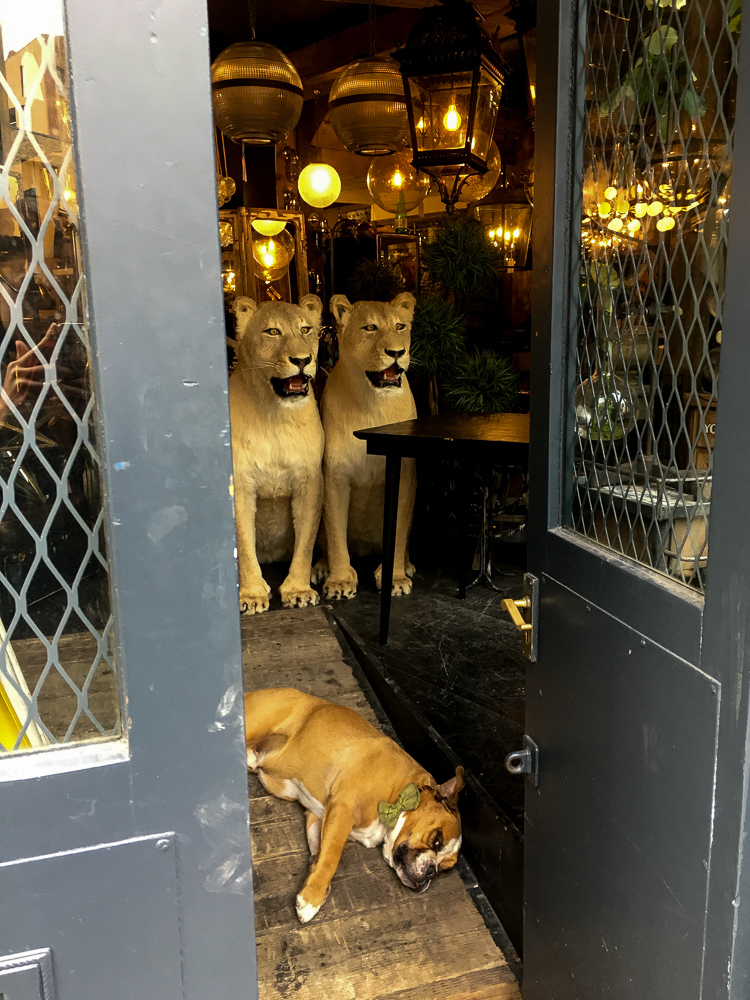“Walking, ideally, is a state in which the mind, the body, and the world are aligned, as though they were three characters finally in conversation together, three notes suddenly making a chord. Walking allows us to be in our bodies and in the world without being made busy by them. It leaves us free to think without being wholly lost in our thoughts.”
Rebecca Solnit
There's one act that genuinely and persistently cultivates my creative and observational perception as well as helps to bring balance to my mental health and that’s WALKING.
Everyone has their own way of ‘going for a walk’ which is quite different from the semi-auto pilot walk to work or to catch a train. Aside from following a mantra of walking to “see what I see”, I tend to have little direction and quite enjoy getting slightly lost. I don’t move at any great speed. My pace tends to match my speed of thought and that is rather meandering and quite often results in going around in circles. I suspect that this makes me a horrible person to go for a walk with!
“Everything moves more slowly when I walk, the world seems softer...”
Thinking back, walking became an important part of my life after I had my first son. Those first few weeks were happy times yet not without dark moments fraught with anxiety, all probably exacerbated by post natal depression and a next-level lack of sleep or mental respite. I remember having to force myself to leave the house at first. I dreaded my son crying in public and having to feed or change him outside of our home. Eventually our short strolls around the block became necessary for my sanity and I would be out for four short strolls a day! It’s funny how walking unwittingly became a catalyst to a new phase in my life.
“Walkers are ‘practitioners of the city,’ for the city is made to be walked. A city is a language, a repository of possibilities, and walking is the act of speaking that language, of selecting from those possibilities. Just as language limits what can be said, architecture limits where one can walk, but the walker invents other ways to go.”
We lived in an unconventional neighbourhood, back then. Our apartment was in a mixed use block sandwiched between a river, colonies of old warehouses and former Victorian factories repurposed as live/work art studios. Opposite us was a dilapidated wall, no doubt the remainders of another factory and beyond that was untouchable land, a once dumping ground for toxic materials. Down the road spewed a concrete batching plant, a few carpentry workshops, a semi-abandoned building often used for semi-legal raves. The Olympic stadium, now the home of West Ham F.C. loomed into sight from our kitchen window. I remember that right next door to our block was Gavin Turk’s studio, it was always interesting to see what came in and out of that place. Our walks would regularly place us in the worn paths of Fish Island - a long term stronghold for London’s artists. I enjoyed walking along the graffiti lined streets. I’d happily saunter around the puddles of broken glass, illegally dumped sofas and putrid stained mattresses completely unoffended by their presence. I’d look forward to seeing what art I would bump into everyday. But artists are a wonderfully unreliable bunch who despite what social media might make people believe, are not constantly churning out new stuff. Creativity doesn’t always do well with schedules and expectations of strangers. And before long, things felt mundane. That's where the magic started.
That’s when I really began to NOTICE. Walking the same paths day after day without “switching off”, details began to reveal themselves, stories unfolded. Walking became a conversation with my ordinary surroundings and oddly enough it also became a conversation with myself. I started quite literally walking myself through thoughts. Walking brought me much needed perspective and clarity. Walking was restorative and calming. I’d collect sights along the way never fully appreciating what a treasure trove of inspiration I was amassing. It’s no exaggeration for me to say that I would not be the same person without my habit of walking.
So there you have it. Walking might be one of the most mundane things for many able-bodied people. It might be the the slowest way to get anywhere. Writing this reminds me of a few lines from Erling Kagge’s book on Walking (Walking One Step At a Time), in it he says “Making things a little bit inconvenient gives my life an extra dimension”. He’s right! On so so so many levels and for so many reasons, he is right. Of course he is right. After all, Erling Kagge is the first person to reach the North Pole, South Pole and the summit of Mount Everest on foot. But applying this words to specifically to walking and I see myself.
So after all these words. The bottom line…..WHY DO I WALK? I walk to be me, to stay inspired and to keep going. And I mean that mentally and emotionally was well as physically.
“So much in our lives is fast-paced. Walking is a slow undertaking. It is among the most radical things you can do.
”
If you would like some more words on walking and all the inspiration and mindfulness that comes with it, written by brilliant brains consider these:
Walking One Step at a Time by Erling Kagge
Flaneuse Women Walk in the City by Lauren Erlin
Walking by Henry David Thoreau
Wanderlust a History of Walking by Rebecca Solnit









